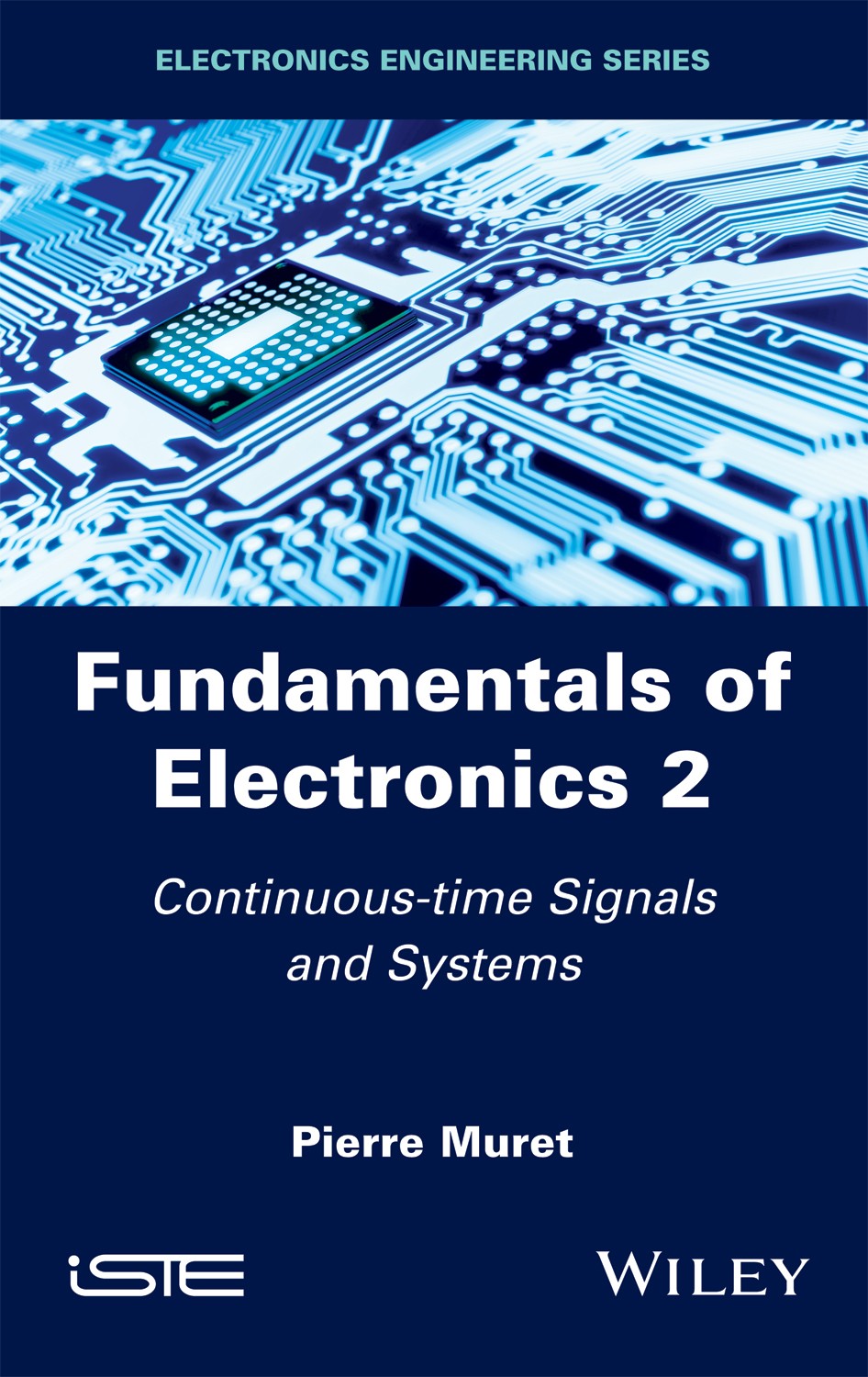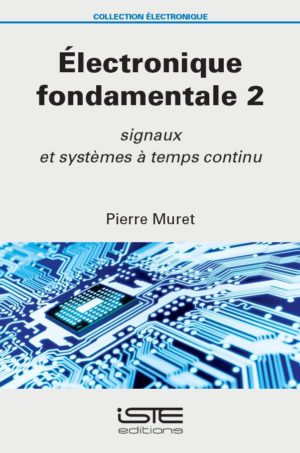
Electronics has undergone important and rapid developments over the last 60 years, which have generated a large range of theoretical and practical notions. This book presents a comprehensive treatise of the evolution of electronics for the reader to grasp both fundamental concepts and the associated practical applications through examples and exercises. Following on from Volume […]
Electronics has undergone important and rapid developments over the last 60 years, which have generated a large range of theoretical and practical notions.
This book presents a comprehensive treatise of the evolution of electronics for the reader to grasp both fundamental concepts and the associated practical applications through examples and exercises.
Following on from Volume 1, which studied elementary devices and their electrical models and basic functions, this volume is devoted to linear and stationary systems in the continuous-time regime. There are two chapters, the first of which covers the properties of the unilateral Laplace transform and the Fourier transform, and their application to electronic systems. The first chapter also explores feedback and its applications, as well as the different methods of studying and controlling the stability of systems. The second chapter focuses on the properties of stable systems, more specifically quadripoles and analog filters. A large part is devoted both to the theoretical study of several methods of filter synthesis and their application to practical implementation of filtering networks.
Each chapter is followed by useful exercises which illustrate the general principles addressed. The exercises further build on the material covered in the chapters, particularly that which may not have been included in detail.
1. Continuous-time Systems: General Properties, Feedback, Stability, Oscillators.
2. Continuous-time Linear Systems: Quadripoles, Filtering and Filter Synthesis.



